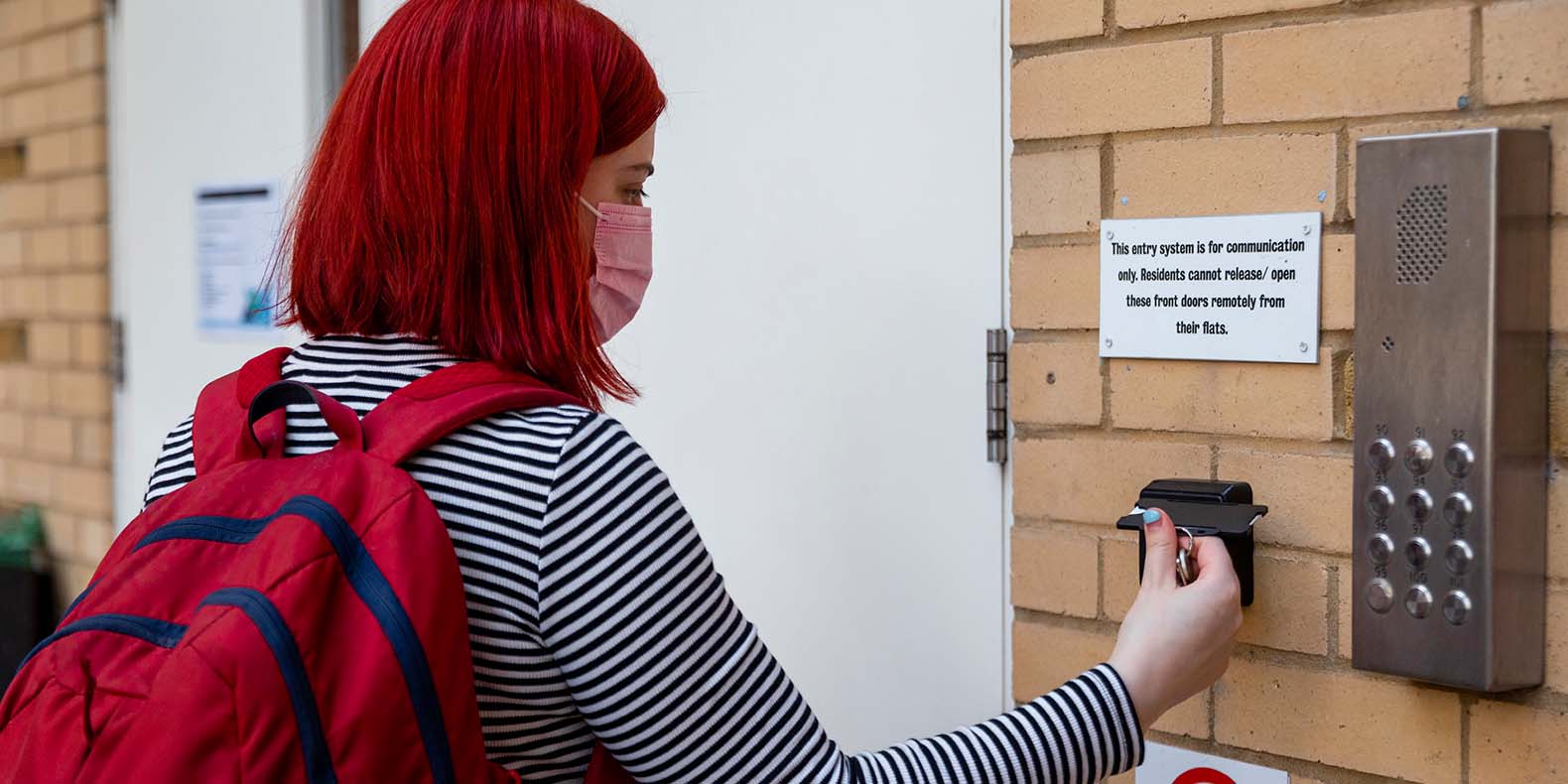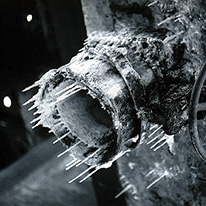This post was originally published on February 1, 2018 and has been updated for accuracy and comprehensiveness.
We often think about “protection” and “prevention” as similar, or even interchangeable terms, but that’s not the case. When it comes to business security, protection and prevention should be treated as two separate parts of your strategy.
Below, we explain the difference between the two and how to prevent and protect against security threats.
The Difference Between Prevention and Protection
Prevention generally comes before protection and is meant to avert the threat before it occurs. An example of prevention for business security includes a set of rules or reminders about best safety practices for cyber security.
Protection is the next step and usually takes over if prevention fails. Protection is a combination of security equipment and safety procedures used to defend against and eliminate threats. A monitored fire alarm and subsequent emergency evacuation plan are examples of quality protection.
Although prevention and protection are different, use both simultaneously to secure your business from possible threats.
How to Prevent Security Threats
To prevent a security threat means to reduce risk. Consider implementing some prevention strategies into your business security plan to minimize threats.
- Utilize access control to stop potentially harmful individuals from accessing certain areas of your business.
- Secure your network to keep cyber criminals at bay.
- Conduct security audits regularly to pinpoint potential weaknesses proactively.
- Implement cyber security policies, and educate employees on them regularly.
How to Protect Against Security Threats
The main focus of protection is to guard your business in the event of a threat. There are a number of ways you can protect your business and increase security. Consider utilizing the following security equipment for protection:
- Install alarms that trigger audible and visible signals to alert you in the event of a security breach. Visual and audio alarms ward off intruders, notify emergency personnel and allow business owners to investigate the situation and respond accordingly.
- Use video surveillance to monitor your business. Cameras can help law enforcement identify perpetrators of a crime against your facility.
- Choose a security provider that gives you access to a monitoring center. Monitoring centers immediately contact the business owner and proper emergency personnel in the event of a crisis.
- Install water leak sensors, smoke detectors and carbon monoxide detectors that will alert you in the event of an emergency. This equipment will help minimize damage from natural disasters.
Utilize both prevention and protection for optimal security. Stay current on security trends, and connect with a security vendor to find a solution that fits your business.



